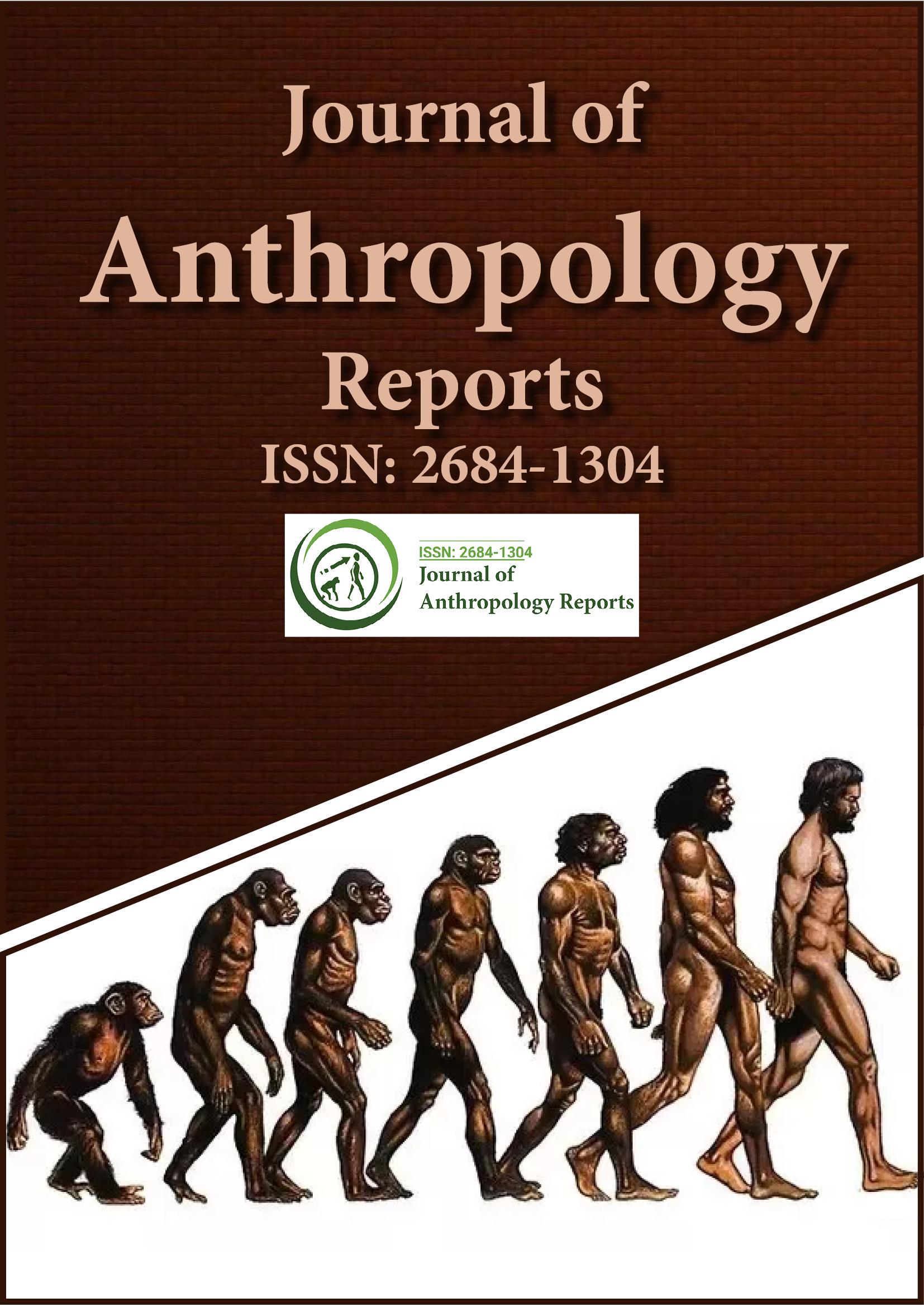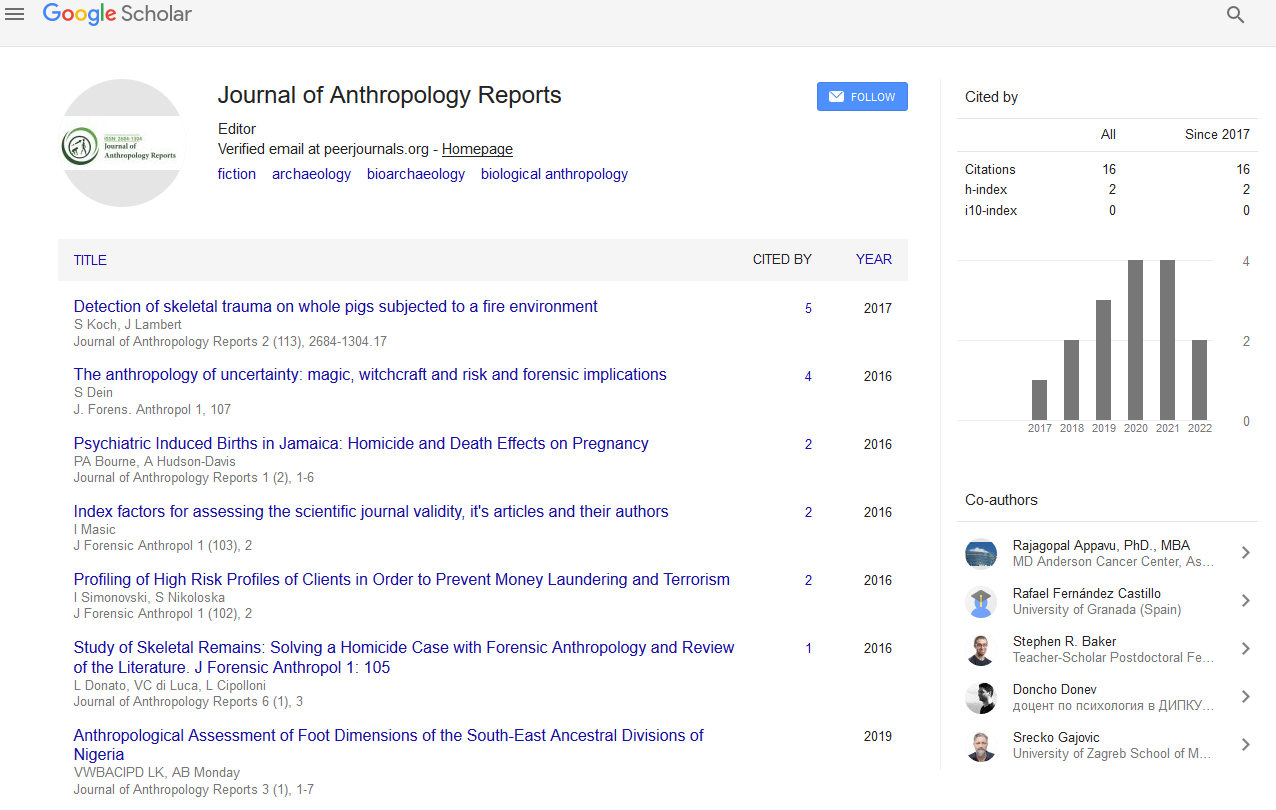Indexed In
- RefSeek
- Hamdard University
- EBSCO A-Z
Useful Links
Share This Page
Journal Flyer

Open Access Journals
- Agri and Aquaculture
- Biochemistry
- Bioinformatics & Systems Biology
- Business & Management
- Chemistry
- Clinical Sciences
- Engineering
- Food & Nutrition
- General Science
- Genetics & Molecular Biology
- Immunology & Microbiology
- Medical Sciences
- Neuroscience & Psychology
- Nursing & Health Care
- Pharmaceutical Sciences
Abstract
Psychiatrists and Forensic Psychology 2016: Early attachment trauma and the impact on child???s development-Doris D'Hooghe-EMDR Practitioner
Doris D'Hooghe
What is attachment: Children are considering to be attached if they be apt to seek closeness to and contact with a specific caregiver in times of distress, illness and tiredness. Attachment to a protective caregiver helps infants to adjust their negative emotions in times of stress and distress and to search the environment, even if it contains somewhat frightening stimuli. Attachment, a main developmental sign in the child’s life, remains an significant issue throughout the lifespan. In adulthood, attachment representations shape the way adults feel about the strains and stresses of intimate relationships, in exact parent-child relationships, and the way in which the self is perceived.
Development of attachment:
Attachment is recommended to develop in four phases. In the first phase arbitrarily orienting and signaling to people the baby seems “tuned” to definite wave-lengths of signals from the environment. These signals are mostly of human origin. Not until the infant is able to show active attachment behaviour, such as actively seeking closeness to and following the attachment figure, does the infant enters the third phase, the phase of attachment appropriate staying near a exact person by means of signalling and movement. Children enter the fourth phase of the goal-corrected partnership when they can imagine the parent or caregiver’s strategy and perception and fit their own strategy and activities according to these.
Research Context:
The basic model of explaining individual variations in attachment relationships assumes that sensitive or insensitive parenting explains infant attachment (in-) security. Ainsworth2 and colleagues initially defined parental sensitivity as the skill to recognize and construe children’s attachment signals properly and react to these signals quickly and effectively. Lack of alertness or contradictory sensitivity has indeed been found to be associated with hesitation in children, and consistent sensitive responsiveness with secure bonds.
However, some proponents of the behavioural genetic approach have confirmed most correlational findings on child development to be gravely imperfect because they are based on traditional research designs focusing on between-family comparisons, which confound genetic similarities between parents and children with evidently shared environmental influences. for example, claims that there is an urgent need to radically rethink and de-emphasize the role of parents in child development. Plomin more newly argued that parents matter but do not make a difference in shaping their children’s developmental trajectories except at conception. In spite of the prevalence of this present of thought, attachment theory continues to lay emphasis on the important role of parental sensitivity, for some good reasons. Twin studies and molecular-genetic studies on attachment security in infancy did not show a extensive genetic component, and randomized intercession studies documented the causal –if not exclusive- role of sensitivity.
Recent Research Results:
Regarding the heritability question, at least four twin studies on child mother attachment security using behavioural genetic modelling have been published. Three of the four studies renowned a minor role for genetic influences on differences in attachment security and a rather considerable role for shared environment. Twin Study, investigate the quality of attachment in identical pairs with an customized separation-reunion process originally designed to review nature The large role shared environmental factors play in attachment remarkable. Later in the development of attachment genetic differences might become more important, as Fearon and his team showed in a great sample of adolescent twins. In search for differences in structural DNA associated with infant attachment we were, however, not able to mark out their influence on the level of specific dopaminergic, serotonergic or oxytonergic genes, or on the level of genome-wide (SNP) analyses.
Is sensitive parenting the central part ingredient of the shared environment? In 24 randomized intercession studies (n = 1,280) conducted before 2003, both parental sensitivity and children’s attachment security were assess as outcome measures. In general, attachment insecurity appeared mor tricky to alter than maternal insensitivity. When interventions were more efficient in attractive parental sensitivity, they were also more effective in rising attachment security, which experimentally ropes the notion of a causal role of sensitivity in shaping attachment. Randomized control trials of the past 15 years appear to support this conclusion but a systematic meta-analytic assessment still is outstanding.
For more than 25 years the hypothesis of inter generational program of attachment has been investigated, with a special emphasis on the so-called communication gap. The model of intergenerational transmission can be summarize with the proposition that security of the attachment representation of parents influence the level of their sensitivity to the infant, which in its turn shape the security of the infant’s attachment to the parent. Although substantial proof has been found to support this mediational model it still leaves room for complementary mechanisms besides sensitivity because a importunate transmission gap remnants visible. Closing this gap has been a main challenge, but with the combination of numerous datasets relevant for this issue in an Individual Participant Data (IPD) meta-analytic method part of the mystifying transmission gap might be bridged.
Conclusions:
Attachment, the affective bond of infant to parent, plays a essential role in the regulation of stress in times of distress, anxiety or illness. Human beings are born with the native bias to become attached to a protective caregiver. But infants develop different kinds of attachment relationships: some infants become securely attached to their parent, and others find themselves in an apprehensive attachment relationship. These individual differences are not hereditarily identified but are rooted in interactions with the social environment during the first few years of life. Sensitive or insensitive parenting plays a key role in the appearance of secure or insecure attachments, as has been documented in twin studies and experimental involvement studies. In the case of attachment theory, the nurture assumption is indeed warranted. Many findings confirm the core hypothesis that sensitive parenting causes infant attachment security, although other causes should not be ruled out, and the puzzling transmission gap may need complementary mechanisms besides parental sensitivity, e.g. the influence of the wider social context.
This work is partly presented at Psychiatrists and Forensic Psychology November 10-11, 2016 Alicante, Spain.
Published Date: 2020-07-30;

